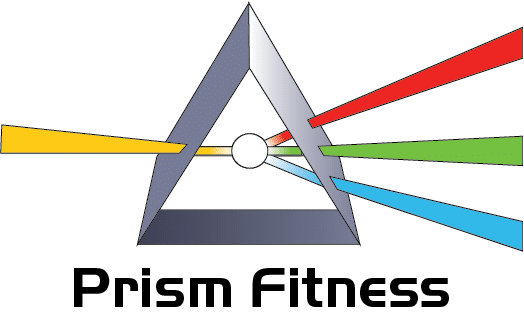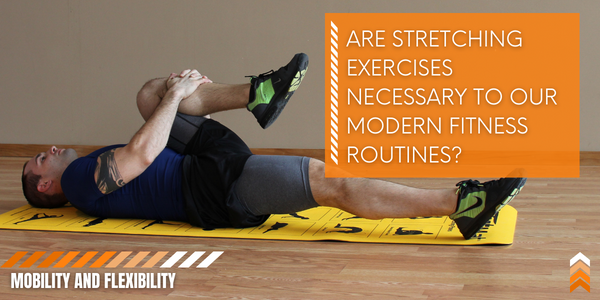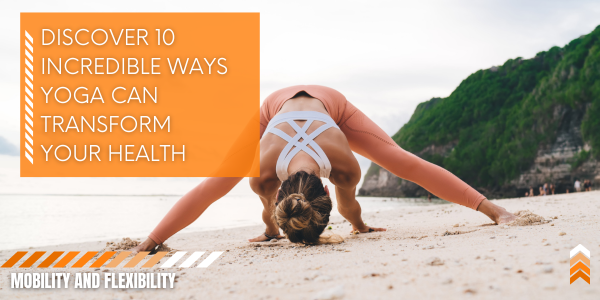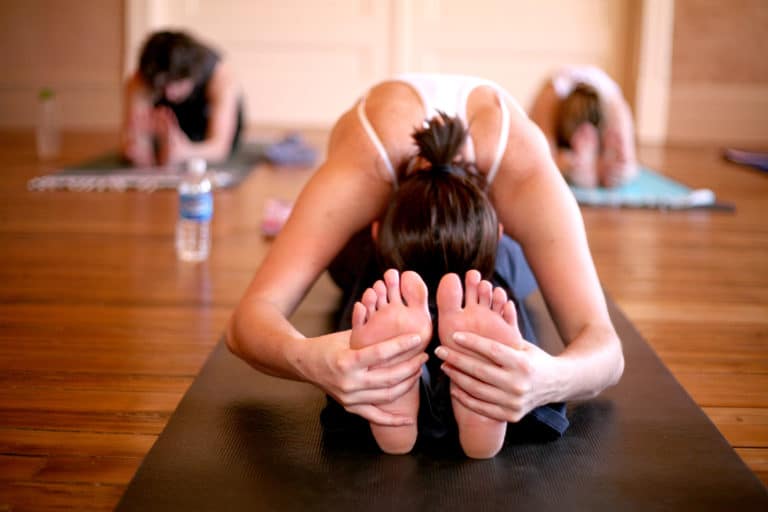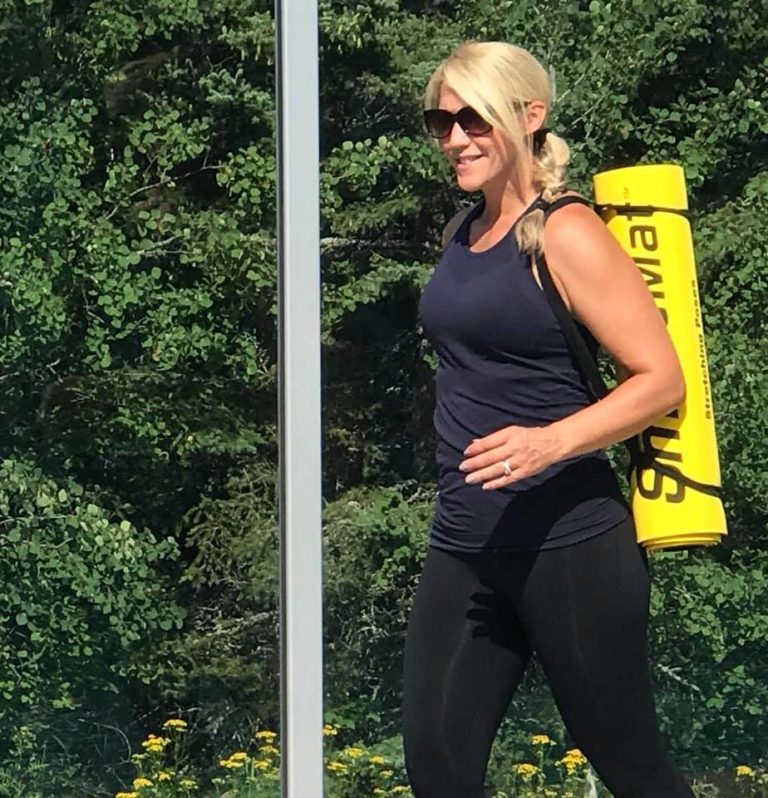With our busy lives, it’s hard enough to fit in a workout, much less take time to stretch tight muscles. So, are stretching exercises necessary to our modern fitness routines? The answer from Mayo Clinic is a resounding “yes”. Keep reading for our full list of examples of static stretching exercises.
The Mayo Clinic says that, in general, stretching exercises may help you:
- Improve range of motion in joints
- Improve athletic performance
- Reduce risk of injury
In fact, the American College of Sports Medicine (ACSM) recommends that you stretch for 60 seconds on all major muscle groups at least two times a week.
Why adding Stretching Exercises weekly will help you get moving again.
If you you’re spending more time in the office, and less time in the gym, you are not alone. You may be feeling stiff. All this time sitting can lead to the loss of strength, mobility, and flexibility. Poor posture can develop from long sitting sessions, especially from a workstation that’s not set up for proper ergonomics. Muscles can lose full range of motion when they are not engaged in movement. What you need today is a stretch session.
In fact, muscles can become chronically tense and contracted due to improper body mechanics, which leads to diminished strength and function. Without movement, your muscle fibers can become tight and even shorten so that when you’re ready to move your body, it’s harder to extend because the muscles have become weak. Stretching can help restore muscle balance by counteracting sustained postures and interrupting repetitive movements.
Get Back On Track!
f you’ve recently recommitted to getting back on track, you might feel discouraged by your lack of full range of motion due to muscle tightness and shortening, and the same movement you used to do (hiking, biking, running, rowing) might even seem foreign to your body.
If you want to set your body up for long-term success, now may be the time to add a stretch session to your wellness goals. Not only is it a great way to get your body moving again, but it also increases spatial awareness (also called proprioception), which sparks muscle receptors that help improve balance and movement.
When you feel better about how your body moves, you may be more inclined to keep going. In fact, regular stretching improves overall function by ensuring that the body can respond to added activity.
The best time to add a stretch session into your routine is towards end of a workout. Ideally, after you’ve completed another exercise activity, and your muscles are warm. Even if you’re just getting started again and your activity is taking a short walk around your block, a stretch session at the end can help your body begin to improve muscular function.
To Hold, or not to Hold, that is the question.
The answer is both. Dynamic stretching is best during a warm up, and static stretching exercises is most effective for cool downs. In fact, some research indicates a decrease in athletic performance when using static stretches before a workout or competition.
Dynamic Stretching for warmups
A dynamic stretch, like the Cat-Cow, moves a muscle group fluidly through an entire range of motion. Dynamic stretches are meant to mimic the motions of the exercises that are forthcoming in the workout, but done at a slower pace in order to prepare the body for the workout.
Cat-Cow Pose
- Starting position: Start on all fours with shoulders over wrists, and hips over knees
- Round your back, pulling your chest in and your shoulders curved forward.
- Next, arch your back so that your chest opens and your shoulders roll back.
- Repeat several times.
Benefits of Static Stretching for cool downs
Improved Flexibility and Range of Motion
Perhaps the most well-known benefit of static stretching is its ability to increase flexibility. By holding stretches for an extended period, static stretching helps to lengthen and elongate muscles and tendons, allowing for greater flexibility and improved range of motion. This increased flexibility not only enhances athletic performance but also reduces the risk of injury during physical activities.
Enhanced Muscle Recovery
After an intense workout, muscles can become tight and sore due to the buildup of lactic acid and other waste products. Static stretching helps to alleviate this tightness by promoting blood flow to the muscles, which aids in the removal of waste products and speeds up the recovery process. Incorporating static stretches into your post-workout routine can help reduce muscle soreness and stiffness, allowing you to recover more quickly and effectively.
Improved Posture
Poor posture is a common problem for many people, often resulting from tight muscles and imbalances in the body. Static stretching can help correct this muscle imbalance by lengthening tight muscles and strengthening weak ones. By regularly stretching tight muscles such as those in the chest, shoulders, and hips, you can improve your posture and reduce the risk of developing chronic pain and discomfort associated with poor posture.
Stress Relief and Relaxation
In addition to its physical benefits, static stretching also promotes mental relaxation and stress relief. Holding stretches for an extended period encourages deep breathing and a focus on the present moment, helping to calm the mind and reduce stress and anxiety. Incorporating static stretching into your daily routine can serve as a form of meditation, allowing you to unwind and rejuvenate both body and mind.
Injury Prevention
Tight muscles and limited flexibility can increase the risk of injury during physical activity. By regularly incorporating static stretching into your routine, you can help prevent injuries by improving flexibility and range of motion, reducing muscle tension, and enhancing muscle coordination and balance. Whether you’re an athlete looking to prevent sports-related injuries or simply want to stay active and injury-free in your daily life, static stretching can be an invaluable tool for injury prevention.
Smart Mats make Stretching Exercises easy. Get Started Today!
Both our Smart Exercise Mat and Smart Yoga Mat makes any surface ready for your next stretch session. You can simply follow the 14 stretch, or 14 core exercises printed directly on our self-guided product. There is just enough padding for your knees, bottom, and other areas of your body to feel protected from the hard ground. The non-slip pad is easy to transport anywhere and can even be used to create a workout space outside. Plus, it creates an instant clean area for your workout regardless of where you are.
Examples of Static Stretching Exercises to Get You Moving Again
Stretching a muscle to the fullest extent of your ability and holding it for 15 to 30 seconds is known as a static stretch. Static stretches can help to increase the circulation to tired muscles and release tension that has built up.
Select two or three of your favorite songs. Follow the below sequence of stretches completing each one for about 30 seconds for about a 10-minute stretch session. These stretches are a good mix of upper and lower body flexibility training.
CHILD’S POSE
- Begin on your hands and knees.
- Spread your knees wide keep your big toes touching. Rest your bottom on your heels if you have the flexibility. If you have tight hips, keep your knees and thighs together.
- Lengthen your spine up through the top of your head.
- Keep arms long and extended, palm down. Press back slightly to keep your bottom in contact with your heels.
- Broaden your upper back while allowing your lower back to soften.
- Hold for up 60 seconds, breathing softly.
- Release the pose by gently using your hands to walk your torso upright to sit back on your heels.
STANDING CHEST OPENER
- Grasp hands behind your back
- Ease them down toward your bottom while pulling your shoulders back and down.
STANDING TRICEP STRETCH (RIGHT & LEFT)
- Lift your left arm up with your elbow bent and left forearm facing behind your. Your elbow pointed to the ceiling
- Take your right hand on your left elbow and gently pull towards your right back pocket.
- Repeat above for right arm
WIDE HINDI SQUAT TO FORWARD FOLD
- With feet wider than hips, toes pointed slightly out, lower bottom toward ground keeping your tailbone tucked in.
- Hands can be in prayer position or anchored to your inner knee.
- Tip your body so your head goes toward the ground and bottom goes into the air.
- Move slowly back and forth between these two moves.
WIDE LEG Posterior Stretch
- Standing with legs wide
- Ease hands toward the floor and hold.
- Variation: Move hands to left foot, hold 30 seconds then move hands to right foot and hold 30 seconds.
WIDE LEG Posterior Stretch with a Spinal Twist (RIGHT & LEFT)
- Standing with legs wide
- Lift one arm toward the ceiling while the other stays close to the floor, aligning from top to bottom.
- Gaze toward your upper hand (If you have mobility in your neck)
- Switch hands and repeat
FROG
- Start in child’s pose
- Turn your feet out and lift your upper body onto your elbows.
- Hold this position for the full 30 seconds, or if it’s too intense, hold for 5 seconds
- Release to all fours and repeat.
HIP FLEXORS WITH A SIDE “C” REACH (RIGHT & LEFT)
- On your knees, put your right leg forward
- Stretch into the front of your hip on the left leg.
- Raise your left arm so your hand is above your shoulder.
- Take the right arm out to the right side, and then bring it up toward the ceiling while at the same time reaching your left arm toward your right side.
- Repeat.
Staying flexible as you age is a good idea. It helps you move better. It helps you feel better, and it helps you recover more quickly after exercise. The Mayo Clinic notes that stretching will not replace the many beneficial effects of aerobic exercise, but it can complement your workout. And it may be especially helpful after a bout of endurance training or weightlifting.
Take These Examples of Static Stretching exercises and feel the difference in your daily activities!
Static stretching offers a wide range of benefits that can enhance both physical and mental well-being. By incorporating static stretches into your routine on a regular basis, you can improve flexibility, speed up muscle recovery, enhance posture, reduce stress, and lower your risk of injury. Whether you’re an athlete, fitness enthusiast, or simply looking to improve your overall health and well-being, static stretching is a simple and effective practice that can yield significant results.
